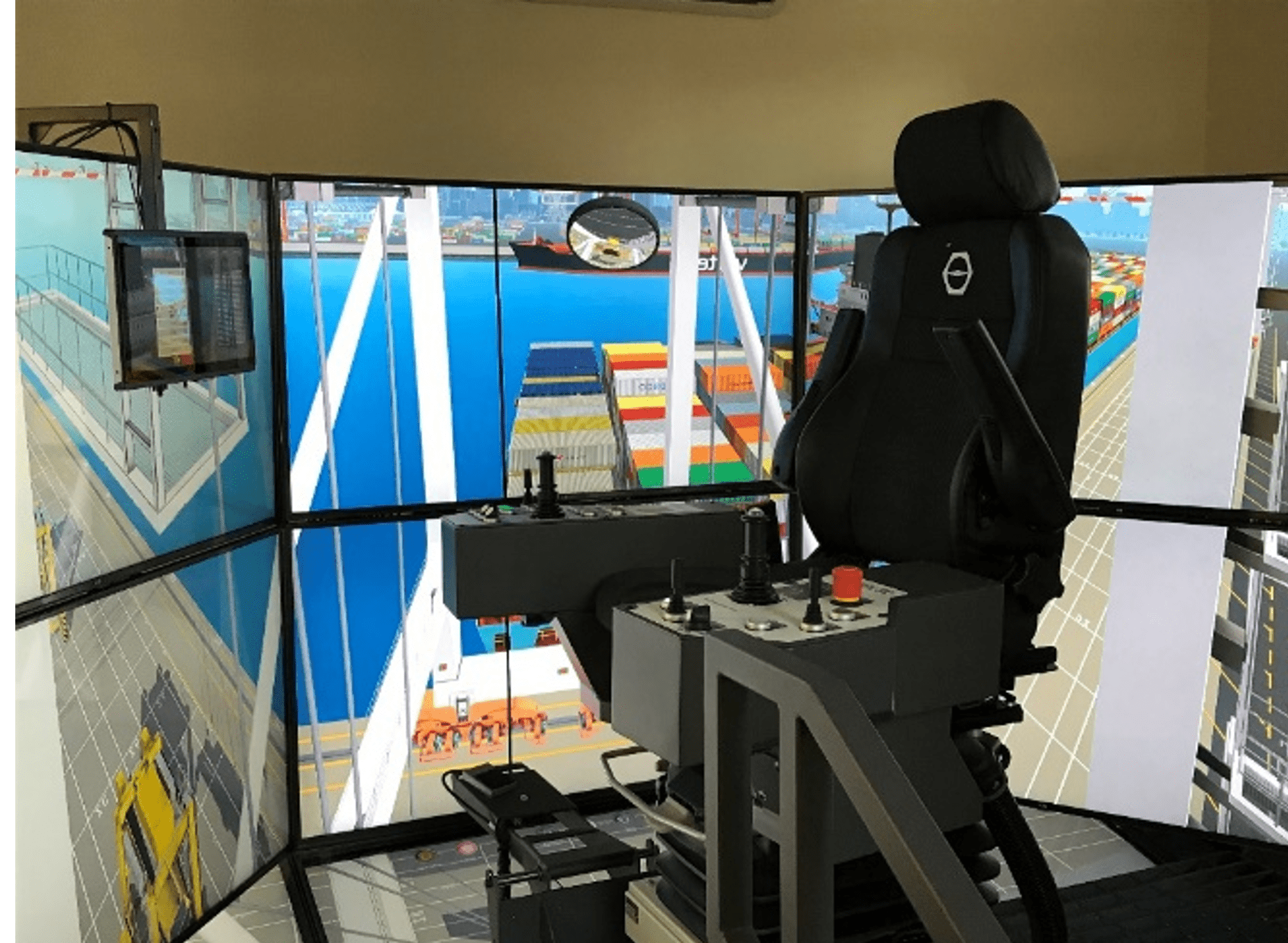ST Engineering Antycip, in partnership with CM Labs, has completed a specialist simulation training project for Port of Tilbury, Essex, England owned by Forth Ports.
This makes the Port of Tilbury extremely busy, and means that physical equipment or experienced personnel are not always available for training purposes.
ST Engineering Antycip and CM Labs have provided a Vortex Port Equipment Simulator to support the port’s training through its Logistics Training Academy.
The simulator runs CM Labs’ Vortex Ship-to-Shore and Straddle Carrier training packs, which include:
- STS Crane Simulator
- Straddle Carrier Simulator.
These offer competency-based training using vivid, true-to-life simulation that enables trainee operators to develop real skills in progressive learning programmes.

